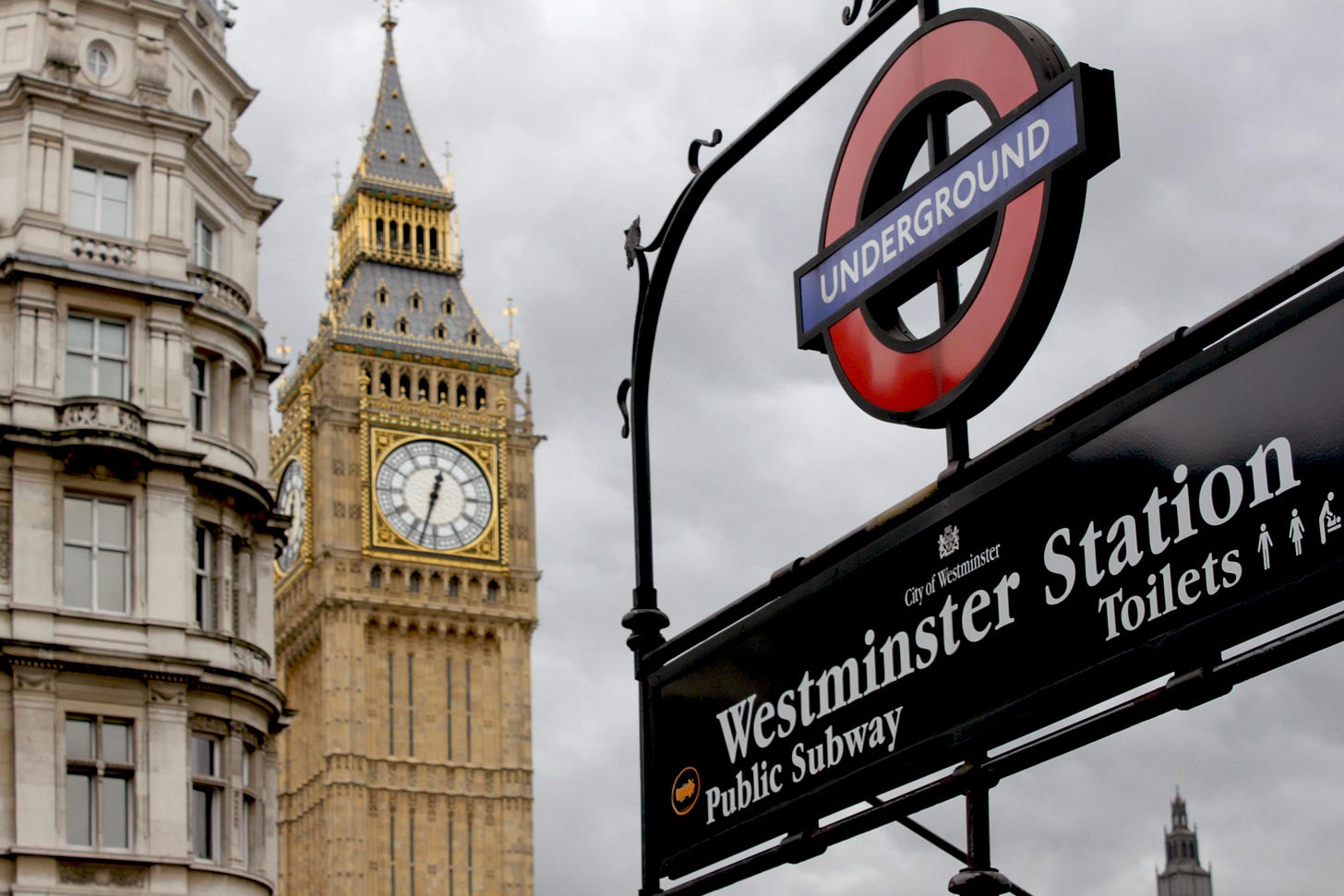Thanks for reading The New Urban Order — where urbanists discuss the future of cities. I’m one month away from celebrating the one-year anniversary of this column on Substack. If you’ve been reading for nearly a year, now is the time to show your support and upgrade to paid!
Missed the news about The New Urban Order book club? 📚 I sent choices for the first book to subscribers last week. Take a look and vote today! 📕 Thanks — this work wouldn’t be possible without you. 🙏🏻
American public transit is still broadly down 21 percent since March 2020, averaging between modes like buses (down just 19 percent) and commuter rail (down 35 percent). Transit ridership’s recovery lag is largely seen as a function of remote work, with many reports showing office occupancy and ridership rates in lockstep.
Things get more interesting when you see these rates diverge, showing just how many transit trips might have nothing to do with work. For example, Philadelphia’s Center City District estimated office occupancy at 57 percent last summer, which would put it above average office occupancy. Yet SEPTA, our regional transit provider, which had its second-highest recovery rates in March 2024, has seen its subways reach only 56 percent of pre-pandemic levels, regional rail at 66 percent, and buses at 72 percent. Why does Philly have above-average office occupancy but below-average post-pandemic transit ridership? (There’s a whole other column in that answer.)
What about cities with low office occupancy and high transit ridership? These cities point to the future of transit, suggesting that the way forward for post-pandemic cities is to look beyond the commuter or provide different kinds of transit that better compete with driving or rideshare. Seattle, for example, has one of the lowest office occupancy rates, and yet its Sound Transit light rail has rebounded to pre-pandemic levels.
Indeed, as the Brookings Institution has noted commuting only makes up a small share of travel overall:
The vast majority of travel in the U.S. is not related to getting to or from work. The 2017 NHTS found that only 23% of trips were commutes. Yet before the pandemic, the highest-ridership American transit systems received a disproportionate share of their ridership from commutes.
Alissa Walker wrote in New York magazine that transit agencies have had to think beyond rush hour:
The new normal for big-city transit agencies is the off-peak rider. The pandemic subway is a different system than what cities have known in the past. The same numbers of people aren’t flooding into central business districts every weekday, but ridership for many agencies has surged on afternoons and weekends.
Cities that are figuring out how to leverage transit for non-commuting purposes are winning. One of those cities is London, where despite having a remote work rate that rivals American cities like San Francisco (where weekday ridership on BART is just 40 percent of pre-pandemic levels still!), London ridership rates exceed pre-pandemic levels on the Tube on weekends.
Below I’ll explore:
How London doubled down on public transit before the pandemic and after to restore vibrancy in the city
What the London Superloop is and why the service is so popular the city’s mayor is staking his third term on an expansion of the service
Why other cities like Charlotte need to think about other transit modes beyond commuter-friendly ones






